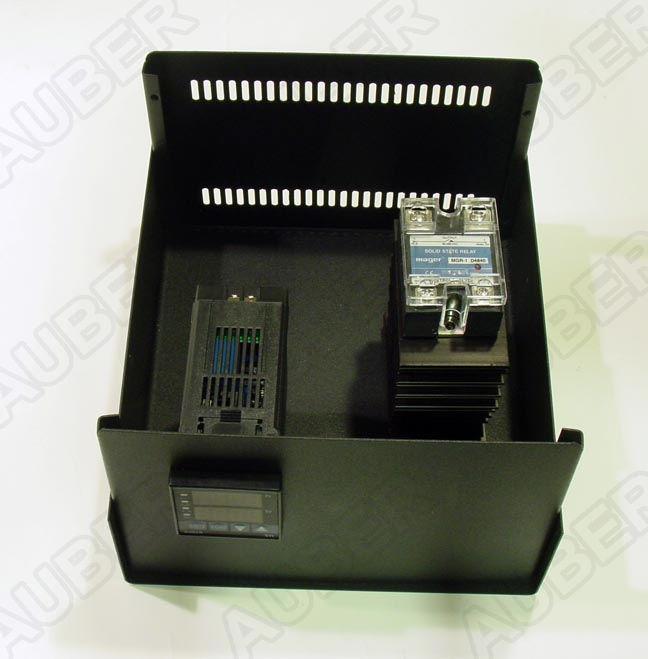
makes laugh... PFM if you know the acronym...
On a more serious note the SSRs will create heat and lots of it if running near capacity. I was not clear. We are using over sized SSRs, the cost is little to do so and we do used oversized units.
We tested with SSRs rated for just above the load for a 5500 W element and the sink does get hot but we never had problems with excessive heat even with fans powered off. But.. this said we have two huge holes that I would guess allow lots of air flow due to convection even without the fans running.
I do not know the exact PID you are using, but I would guess the reason you had problems with the PIDs is that you are getting the overall PID over temp or getting the cold junction (if thermocouple used) temperature out of the PIDs capability when your SSRs heat up the enclosure.
Brewing up some more MAGIC now!!...
Cheers





 makes laugh... PFM if you know the acronym...
makes laugh... PFM if you know the acronym...